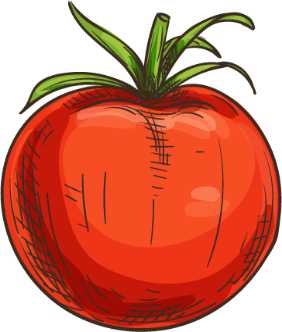
Impact of COVID-19 on The School Nutrition Industry
April 6, 2020
A recent survey conducted by the School Nutrition Association (SNA) examines the impact the COVID-19 Global Pandemic has had regarding school closures on the school nutrition industry within the United States. SNA surveyed its school nutrition director members in both March/April 2020 and April/May 2020 to understand how programs are feeding students and what school programs’ concerns are along with the financial impacts of COVID-19 closures. SNA collected survey responses for the first survey between March 30th - April 6th 2020 and for the second survey between April 30 - May 8th 2020. The results from each survey were presented in two parts of the Impact of COVD-19 on The School Nutrition Industry. COVID-19 has caused programs to shift the way they operate and has created many challenges for food service directors.

Impact of COVID-19 on The School Nutrition Industry
April 6, 2020
A recent survey conducted by the School Nutrition Association (SNA) examines the impact the COVID-19 Global Pandemic has had regarding school closures on the school nutrition industry within the United States. SNA surveyed its school nutrition director members in both March/April 2020 and April/May 2020 to understand how programs are feeding students and what school programs’ concerns are along with the financial impacts of COVID-19 closures. SNA collected survey responses for the first survey between March 30th - April 6th 2020 and for the second survey between April 30 - May 8th 2020. The results from each survey were presented in two parts of the Impact of COVD-19 on The School Nutrition Industry. COVID-19 has caused programs to shift the way they operate and has created many challenges for food service directors.
Part 1 addressed concerns with the USDA to alleviate future issues, and worked to identify how SNA can assist during COVID-19 school closures. These results revealed the 3 most concerning issues for school food professionals:
- Cancellation of orders
- Dramatic reduction in meals served
- Staffing furloughs or reductions in staff storage of inventory.
How did respondents feel these concerns could be met in the future? It was recommended that the USDA create a task force that includes the USDA, state agencies, operators, and industry members to develop best practices for operating during a national emergency, and the USDA should engage in national emergency preparedness planning. Lastly, survey respondents expressed a need for increased funding for school meal programs.
Part 2 surveyed SNA members to understand how programs were continuing to operate and the financial impacts of COVID-19 closures. 95% of programs surveyed were still continuing to provide meals, mainly breakfast and lunch options. However with these challenges programs face, 80.1% of programs are now serving fewer meals overall, compared to overall meals served prior to COVID-19 Pandemic. Most sites were operating drive-through services or a walk-up option to students and families 5 days a week. In order to keep staff and students/families safe programs were continuing to maintain social distancing and limiting the number of staff at sites. Many districts also reported that they have been providing and requiring masks for staff and requiring frequent sanitization.
The USDA originally planned for COVID-19 waivers to expire June 30th; however, many of the waivers have since been extended. Roughly half of respondents either said they will continue summer feeding or had not yet decided regardless of waiver extension. Some programs are hesitant to continue summer feeding programs because of staff availability, financial challenges, and the original expiration date of June 30th for the waiver. COVID-19 has caused programs to shift the way they operate and has created many challenges for food service directors. Of the participants in this survey 67.5% of programs expect to have significant financial loss but 56.6% have enough money in their Reserve Fund Balance to cover those losses.
One thing is clear - COVID-19 has and will dramatically alter the way schools operate feeding programs in future school years and summer programs.
You can access the complete results of the School Nutrition Association survey here for Part I and here for Part II.






